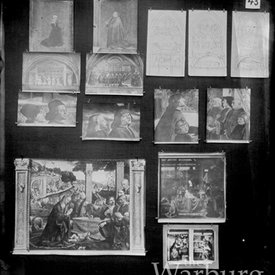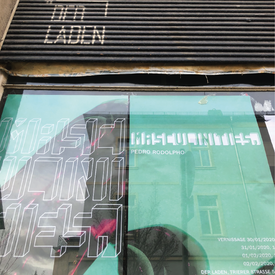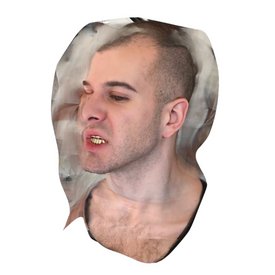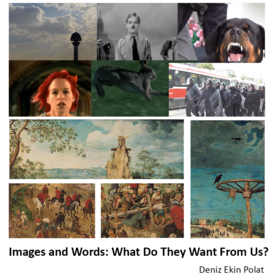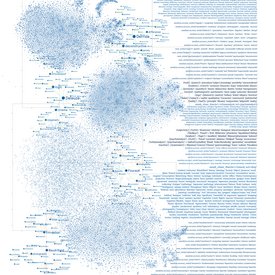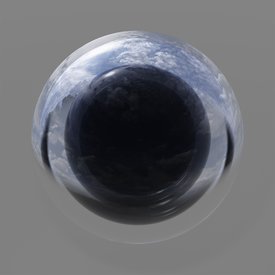Today’s increasingly technological and communications based culture is deemed to be particularly visual. We are living in a ‘visual world’, where everything has an image and ‘visual skills’ are considered a valuable resource. Yet, what actually is an ‘image’?, ‘What do pictures want’ and in what ways do visual media structure our ‘ways of seeing’ the world and relating to each other? What role do images play within the scientific and/or artistic research process, and, finally, what kind of knowledge does the ‘visual’ produce?
In the scope of the scientific module “Towards the Image – An Introduction to ‘Bildwissenschaften’ and Visual Culture Studies”, and under the supervision of lecturer Anna-Helena Klumpen, sixteen Master students of the international Media Art and Design program undertook in the winter term 2019/20 a thorough analysis of the key texts of contemporary Image Science. In the course, students applied recent and canonical theoretical concepts (by i.a. W.J.T. Mitchell, Nicholas Mirzoeff, Mieke Bal, Hans Belting, Dieter Mersch, Sigrid Weigel, George Didi-Huberman, Arjun Appadurai, John Berger, Walter Benjamin, Laura Mulvey and Susan Sontag) to objects from contemporary art and media culture, and not least, to their own artistic projects. In order to disclose the productive interactions that arise when crossing over between academic theory and artistic practice, students were explicitly invited to put their own artistic work into theoretical perspective.
The scientific module Towards the Image devised a set of conceptual instruments to describe and theorize the aesthetic, epistemological, social and political dimensions of ‘images’, and introduced methods and techniques to critically analyze contemporary ‘visual culture’, from art and photography, to television, film and electronic media. The scholarly pursuit of the Media Art and Design students shows remarkable results: by adapting different approaches, the individual papers provide critical, creative and practice-based accounts on the complex theoretical issues that have been discussed in the course.
Below, you will find a selection of five outstanding papers: Sarah Hermanutz delves into an analytical reading of Didi-Huberman’s study on Aby Warburg’s Mnemosyne Atlas, and Pedro Ramos investigates in his paper the affective and political potential of media art, focusing on his artistic project Masculinities. Kristin Jakubek engages into a study on W.J.T. Mitchell’s Image Science and contributes a critical account on his renowned essay “What Do Pictures Want?”. While Deniz Polat analyzes John Berger’s book and TV series “Ways of Seeing”, Funda Zeynep Ayguler recounts the history of “Digital Art”, rounding off the discussion with a methodological example of her own work. Last but not least, the Munich based artist collective “Gnothi Seauton”, who have been invited to the final session of the course, presents their current collaborative project, a Mixed Reality installation that explores the interaction between human self-perception and digital data processing. In this work, the different streams of the scientific module coincide.

